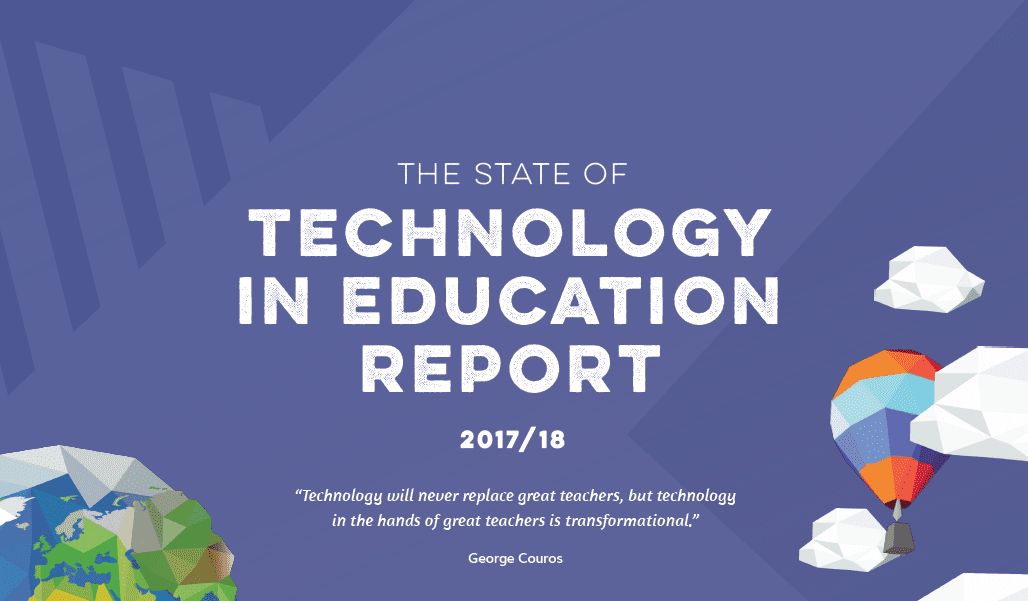
How technology is supporting education in 2018
Published
Thursday, 1 March
Author
Mark Rosser
Categories
Share
Technology is changing the future of education for the better. With the growth of tech in schools leading to improvements in collaboration, engagement and attainment. Examining current attitudes and trends shaping pedagogy in the UK, Promethean has released its annual ‘State of Technology in Education Report’. With insights taken from over 1,600 educators, from schools across the UK, the report looks at how educational technology is being used to support both educators and students in 2018.
This content is restricted to BESA members
LoginNot yet a member?
Become a part of the BESA community and unlock exclusive business advantages, including:
- Trusted provider status to enhance your industry credibility
- Exclusive discounts on major exhibitions and events
- Access to vital sector insights with resources like the BESA Barometer and Compass reports
- Networking opportunities with industry leaders
- Exclusive business benefits designed to help your organisation thrive
Join now and take advantage of BESA's membership benefits to stay ahead in the industry.
Become a member